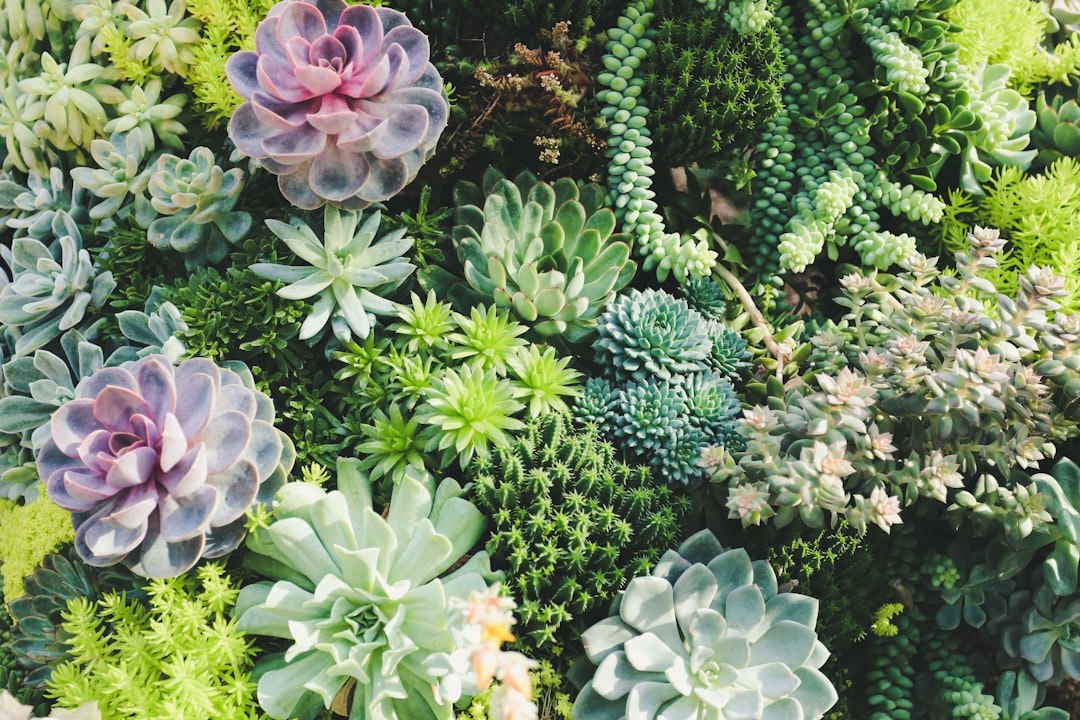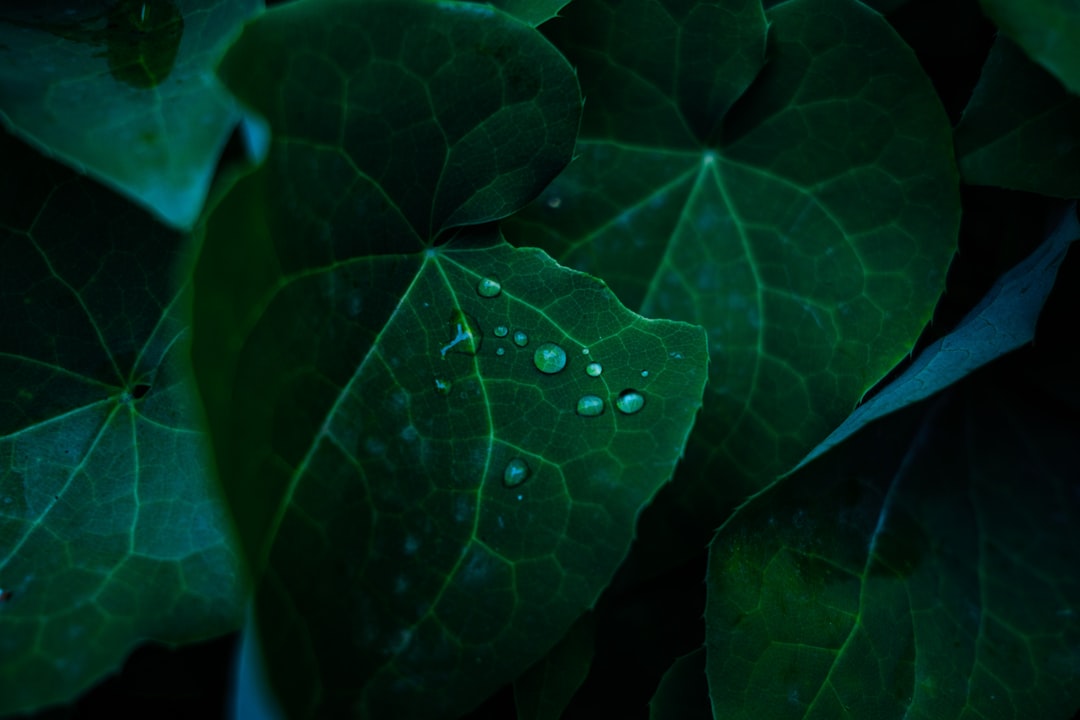What is it about?
Foraging animals must often decide among resources which vary in quality and quantity. Nectar is a resource that exists along a continuum of quality in terms of sugar concentration and is the primary energy source for bees. Alternative sugar sources exist, including fruit juice, which generally has lower energetic value than nectar. We observed many honeybees (Apis mellifera scutellata) foraging on juice from fallen guava (Psidium guajava) fruit near others foraging on nectar. To investigate whether fruit and nectar offered contrasting benefits of quality and quantity, we compared honeybee foraging performance on P. guajava fruit versus two wildflowers growing within 50 m, Richardia brasiliensis and Tridax procumbens. Bees gained weight significantly faster on fruit, 2.72 mg/min, than on either flower (0.17 and 0.12 mg/min, respectively). However, the crop sugar concentration of fruit foragers was significantly lower than for either flower (12.4% vs. 37.0% and 22.7%, respectively). Fruit foragers also spent the most time handling and the least time flying, suggesting that fruit juice was energetically inexpensive to collect. We interpret honeybee foraging decisions in the context of existing foraging models and consider how nest-patch distance may be a key factor for central place foragers choosing between resources of contrasting quality and quantity. We also discuss how dilute solutions, such as fruit juice, can help maintain colony sugar–water balance. These results show the benefits of feeding on resources with contrasting quality and quantity and that even low-quality resources have value.
Featured Image
Read the Original
This page is a summary of: Quality versus quantity: Foraging decisions in the honeybee (Apis mellifera scutellata) feeding on wildflower nectar and fruit juice, Ecology and Evolution, September 2016, Wiley,
DOI: 10.1002/ece3.2478.
You can read the full text:
Contributors
The following have contributed to this page










